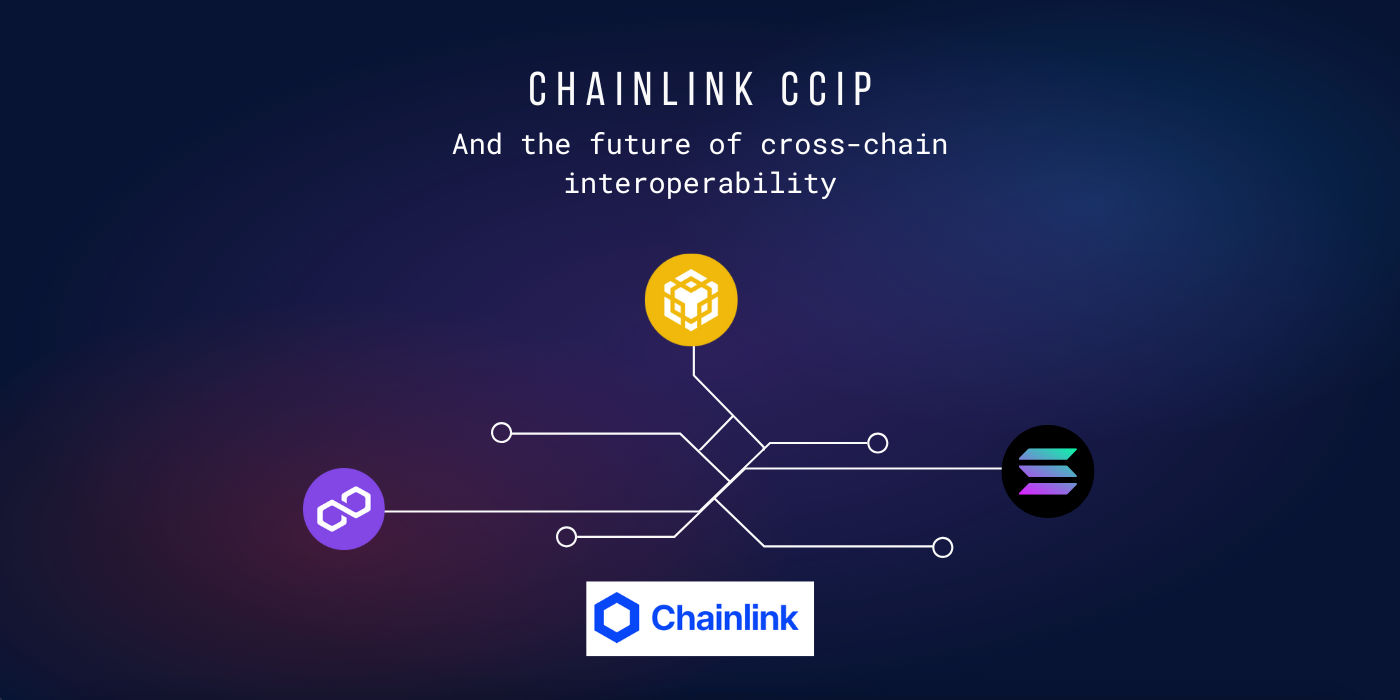In the fast-evolving landscape of blockchain interoperability, Chainlink CCIP has taken another step forward. Its Cross-Chain Interoperability Protocol (CCIP) is now live on multiple mainnets, including Ethereum, Arbitrum, Avalanche, and Polygon.
This update introduces a layered security architecture designed to bring greater resilience to the cross-chain infrastructure we rely on. While CCIP doesn’t eliminate the need for bridges, it adds important building blocks to the ecosystem—and that’s worth watching closely.
What is Chainlink CCIP?
CCIP (Cross-Chain Interoperability Protocol) is Chainlink’s framework to securely move data and tokens across different blockchains. It enables smart contracts to interact seamlessly with multiple chains—an essential step toward a more connected blockchain world.One of CCIP’s most notable features is its 5-layer security model, including active risk management that monitors for anomalous activity. This layered defense aims to mitigate some of the vulnerabilities that have plagued cross-chain operations in the past.
Why It Matters
Blockchain fragmentation remains a challenge, especially when assets or dApps need to move across ecosystems. Each chain has its own standards, tools, and protocols—making seamless interaction complex.
Innovations like CCIP are part of a broader movement toward making cross-chain communication safer, more reliable, and more scalable. Chainlink is already collaborating with institutions like SWIFT to bring this to traditional finance as well.
The Ecosystem Is Expanding—So Is the Complexity
As more cross-chain solutions emerge, users are faced with a growing number of routes, bridges, and token standards. This is great for innovation—but can also create friction for users who simply want to move assets efficiently.
That’s where tools like Find My Bridge come in.Without telling you which bridge is “best,” we help you compare available options using data like execution time, gas fees, and route availability. We don’t give financial or security advice—we give you technical data so you can make informed decisions.
Chainlink CCIP Is a Step Forward
Chainlink’s commitment to improving interoperability is a positive signal for the entire space. CCIP may not replace every bridge, but it strengthens the infrastructure that developers and users rely on.And while protocols evolve, so does the need for visibility across ecosystems. That’s why we continue improving Find My Bridge—to help you navigate this growing web of options with logic, not luck.
Want to explore your bridge options?
Visit Find My Brige


